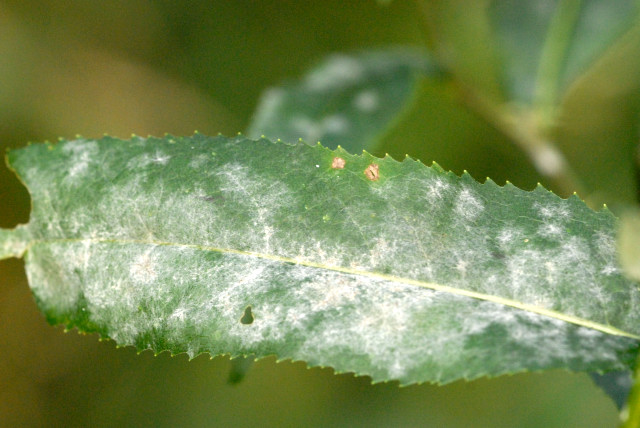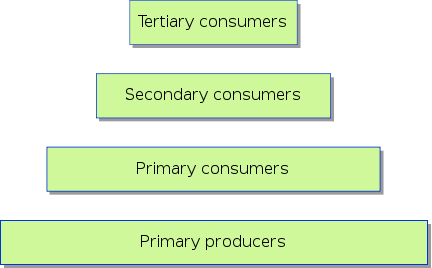Interactions
Aconitum napellus has many interactions with other
species whether it be through mutualism, parasitism, or
competition.
One very important mutualistic relationship exhibited by A.
napellus is that with its pollinators. The two organisms
both benefit from the relationship in their own way. Pollinators
are able to get food from the nectar produced by the flower,
whereas A. napellus gets its pollen transported the pollen
receptors at another plant which helps it reproduce. To see a
video depicting the relationship between A. napellus and its
primary pollinator, the bumblebee,
click here.
Parasitism is another type of relationship that A. napellus
shares with many other organisms. These organisms can be of all
different shapes sizes and characteristics. Unfortunately
though, A. napellus is negatively affected by these
different parasites that use the plant as their host to steal
nutrients and other materials necessary for their own growth and
reproduction. A few of the diseases common to A. napellus
are Crown rot caused by the species of fungus Sclerotium
dephinii, powdery mildew caused by the fungus Erysiphe
cichoracearum (pictured on a plant below), and verticillium wilt caused by
Verticillium
albo-atrum.

Not all the relationships A. napellus has with fungi
are bad. There is also a mutual relationship between A.
napellus and the group of fungi known as the glomeromycota.
These fungi incorporate themselves into the root of the plant,
and in exchange for the extra food and protection they get from
the plant, the fungus grows to help increase the surface area of
the root. This allows the plant to take up even more water and
nutrients from the soil allowing it to continue growing.

In the energy pyramid or food web A. napellus fits in
as a primary producer, making its own food through
photosynthesis as a photoautotroph. Some other organisms in the
same habitat as A. napellus are discussed in the habitat
webpage. To go there click on the
link here.
In interactions with humans in particular, A. napellus is used
as medication and also is used just for decoration since so
beautiful. To hear more about the medical effects of A.
napellus click here. In our history
human beings have also used A. napellus to help poison
others and ourselves, and also to help kill animals that were
bothering us.
So the main thing to take away is the fact the Aconitum
napellus is important to many different organisms and holds
a pivotal part in the general web of life within its ecosystem.
To link back to the homepage
click here.
